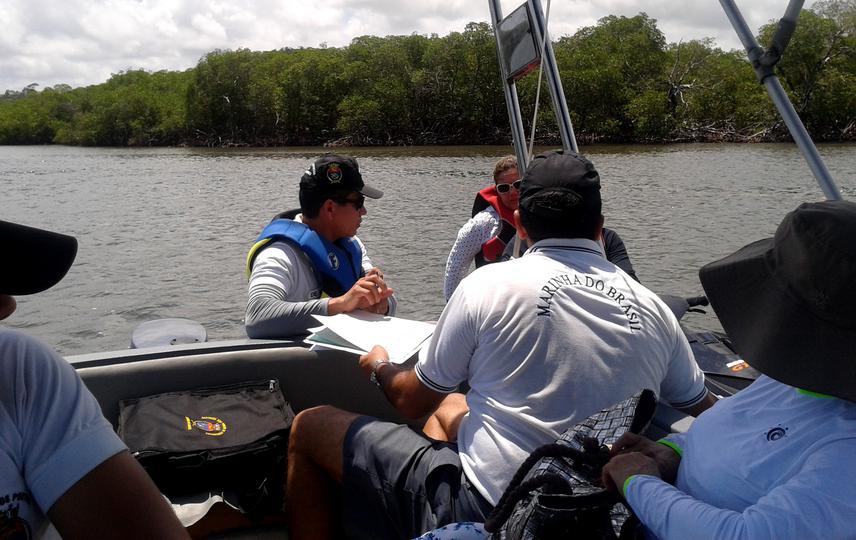Pedro Henrique Cipresso Pereira
Other projects
30 Apr 2012
Conservation of a Coral Reef Complex Threatened by the Impact of Tourisms and Climate Changes on the Northeastern Brazil
26 Nov 2015
Zoning, Conservation and Research of a Threatened Coral Reef Complex in the Northeastern Brazil II
25 Jan 2018
Zoning, Conservation and Research of a Threatened Coral Reef Complex in the North-Eastern Brazil III
25 Jun 2020
Coral Reef Conservation in the Largest Brazilian Marine Protected Area (MPA – Costa Dos Corais): Research, Education and Community-Based Actions
This project aims to perform conservation actions in a threatened coral reef complex in Northeast Brazil. Zoning plans, research and local community support will be used to do it.

The worst environmental problem nowadays at the local reef ecosystem, and that will be the target of this project are related to increasing exploitation by tourism, changes caused by climate change and lack of zoning and inspection of the coral reefs. Tourism in the area is exploring the coral reefs negatively, always characterized by a large number of tourists on the reef at the same time, polluting the area and also using large amount of sun block and chemical products that have all proven to be hazardous agents for corals and coralline algae. Moreover, artificial fish food trade has also been recorded by tourists to attract fishes causing serious impacts on the sensitive reef ecosystems, increasing the number and biomass of more competitive species (mainly omnivorous).
The outcomes of this work will contribute for environmental conservation and also to social and environmental integration of population and coral reef ecosystem in the Northeastern Brazil, a developing area. One important way of social integration will be using the manpower and knowledge of the local community (acting as field agents).
In a general view, this project aims to perform conservation actions in a coastal reef ecosystem in an area of great importance to marine biodiversity. The main aims of the project are:
(1) Create zoning maps and zoning implementation of the reef area, delimiting areas according to use,
(2) Display monthly underwater visual census analyzing fish and corals to follow the possible changes related to climate change;
(3) Empower community members to act as field agents conducting surveillance in the reef;
(4) Oversee and monitor the area to avoid impacts caused by tourism
(5) Disseminate environmental education material for conservation project.